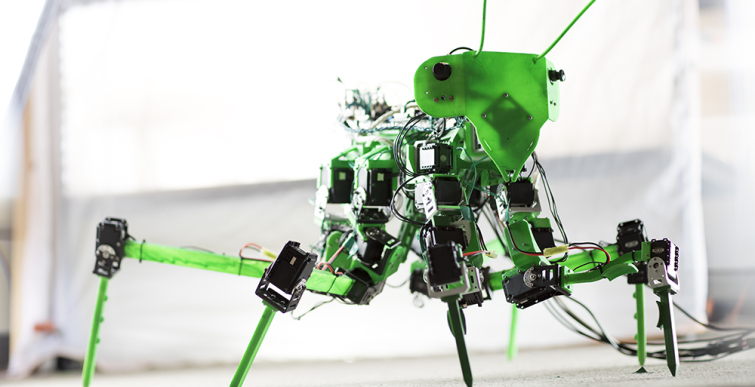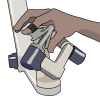Robotics and Mechatronics
Case Western Reserve takes an integrated approach to robotics to bring creativity, knowledge and expertise to create unparalleled robotic systems. With a specific focus on exploration, intelligence, movement, manufacturing and human assistance, our robotics experts are improving the human condition through robotic systems enabled with intelligent mechanics, sensing and behavior. We’re creating biologically inspired soft, legged and winged robots with superior movement and intelligence to reach locations and complete tasks humans can’t; computational models of nervous systems to better understand them so that debilitating diseases can be cured and synthetic nervous systems can be developed for robot control; cyber-physical systems using machine learning to help disabled people walk; autonomous systems for mobile robots; remote-controlled surgical devices so talented surgeons can perform complex operations remotely; robotic systems to improve manufacturing productivity; and much more.
At the intersection of mechanical engineering and electrical engineering, Case Western Reserve faculty weave together design, embedded controls, mechanical systems, digital controls and big data to approach our research through the integrated lens of mechatronics. This unified design philosophy helps us meet the nascent needs of smart manufacturing and Industry 4.0.
News: Robotics and Mechatronics
View All News For Robotics and MechatronicsInstitutes, centers and labs related to Robotics and Mechatronics
Faculty who conduct research in Robotics and Mechatronics

Richard Bachmann
Changyong (Chase) Cao
Zonghe Chua
Kathryn Daltorio














